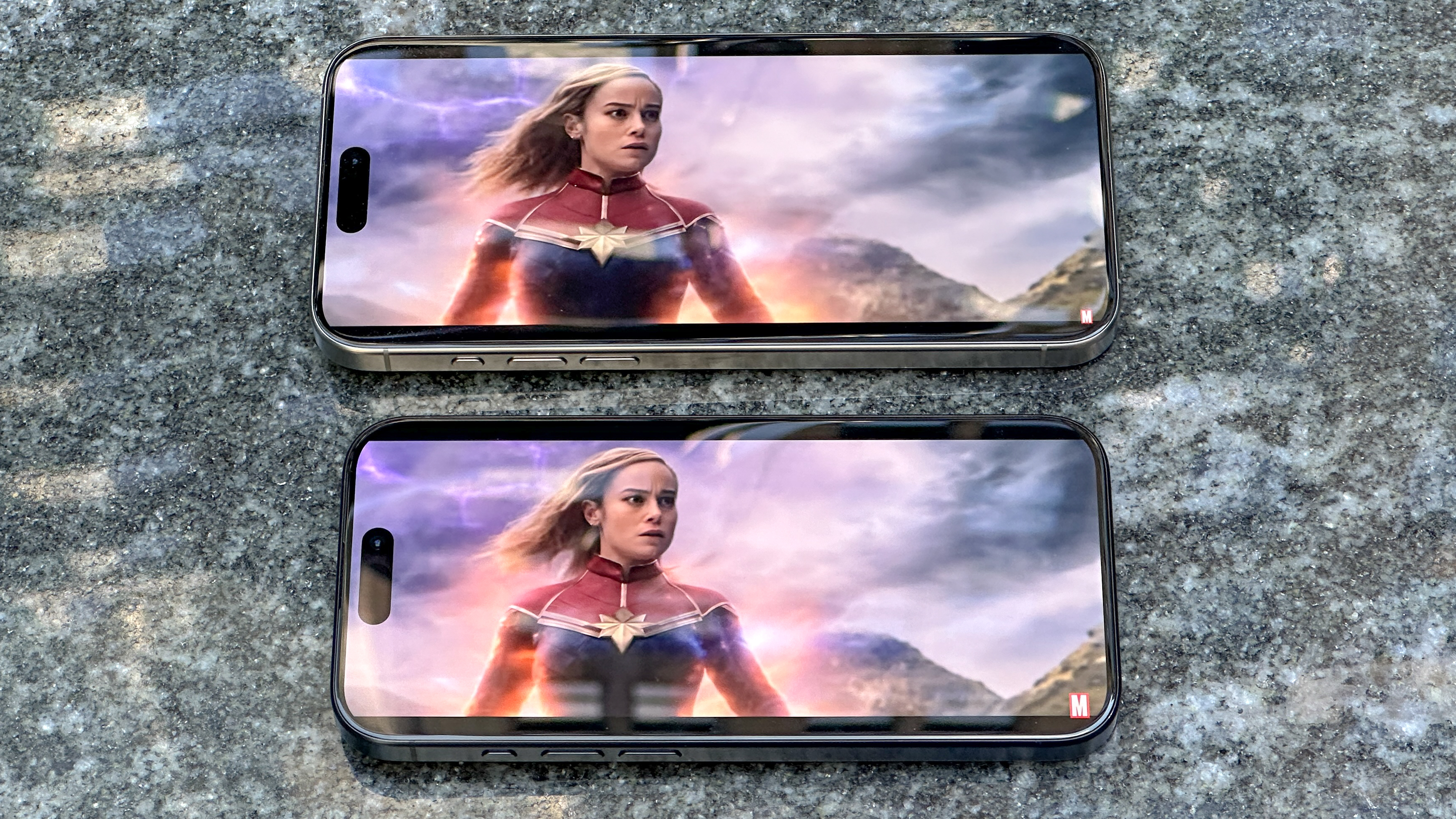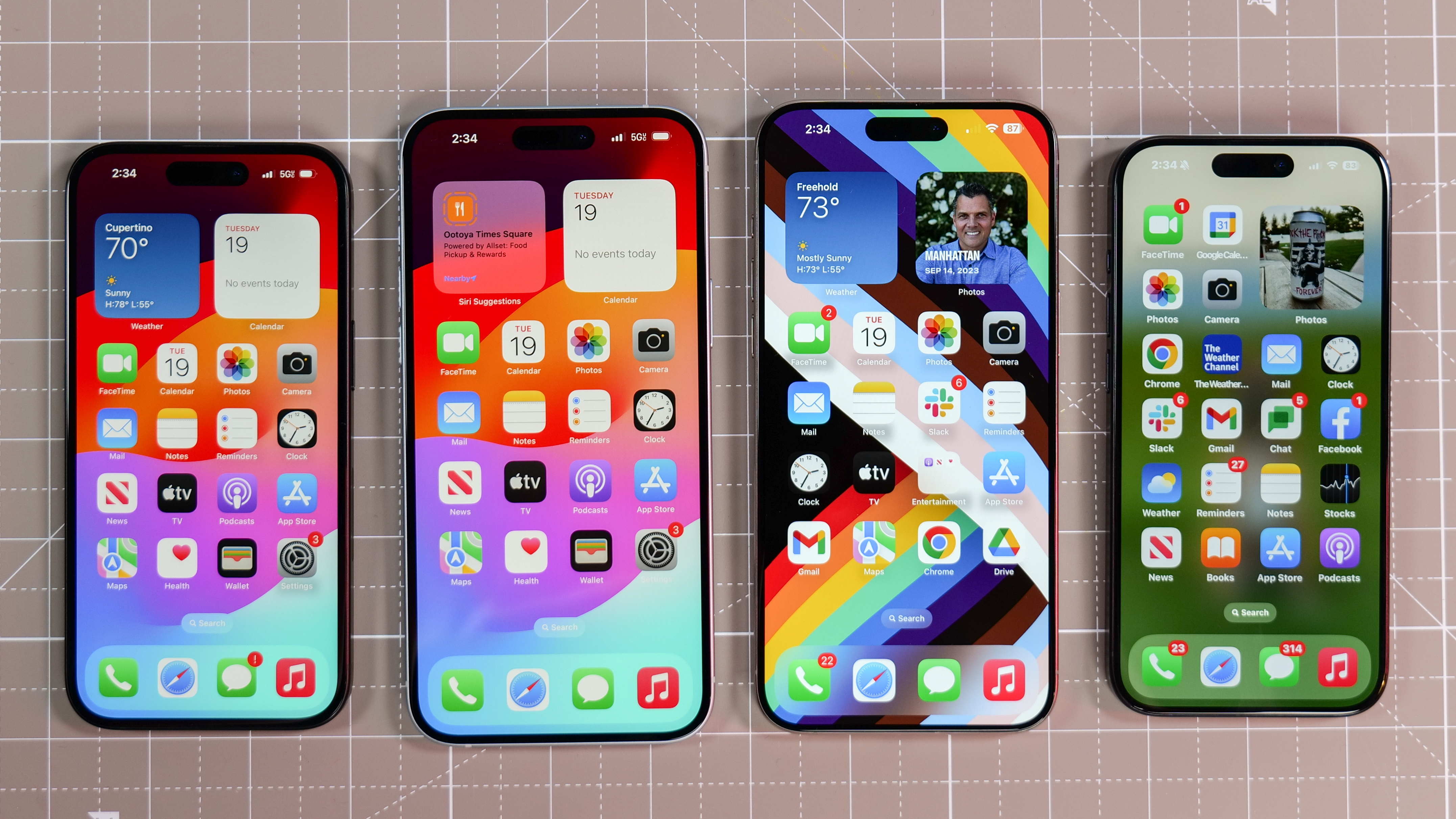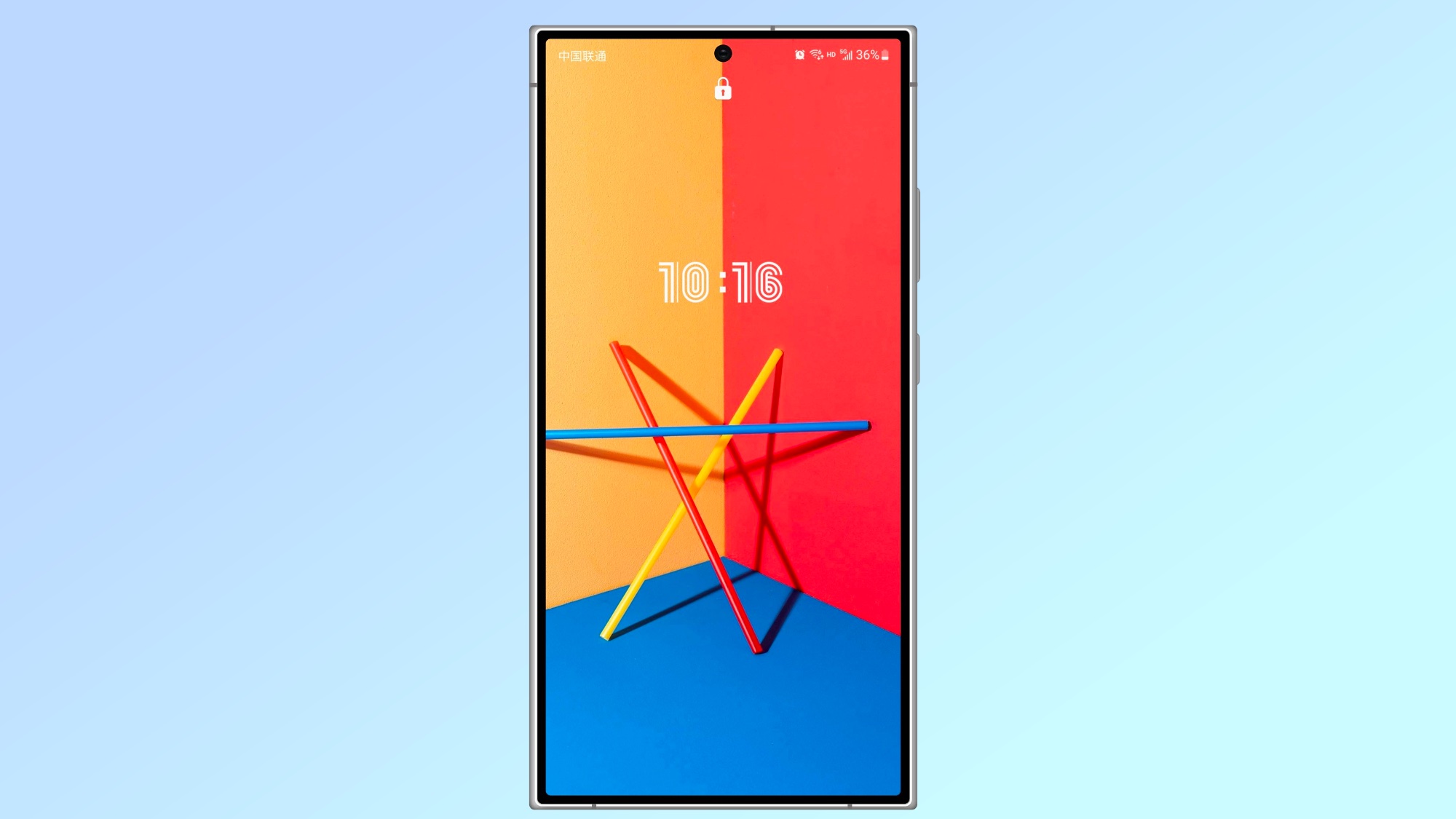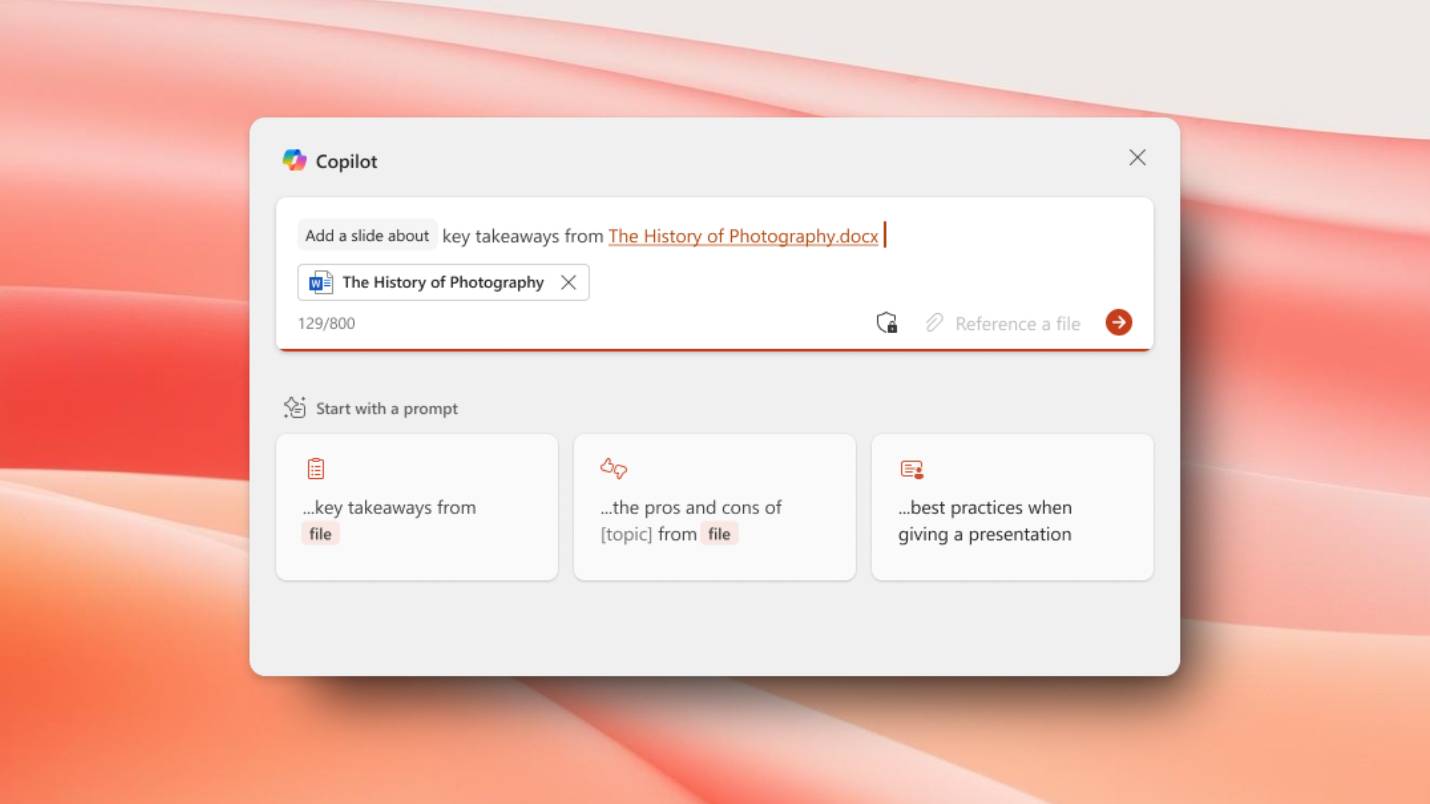The Samsung Galaxy S24 needs to copy this iPhone 15 feature
To beat the iPhone, Samsung should take a clue from Apple's displays

Great artists steal, the saying goes, and I think it applies to great phone makers, too. Certainly, you can find some pretty similar features among the best phones out there, and when one device maker leaps ahead of the others in a given area, it's not long before you'll see its rivals usher in a slate of improvements which close that particular gap.
Which brings me to the Samsung Galaxy S24, a flagship phone we're not going to see for another four months at least. Nevertheless, interest in Samsung's next phone seems to be on the rise, no doubt fueled by speculation on how the maker of the best Android phones is going to respond to the recent spate of fall phone releases — not the least of which is the iPhone 15.
Apple's latest phones deliver some impressive enhancements and newfound capabilities. But one of my favorite improvements can be found in the $799 entry-level model — specifically, the device's 6.1-inch display. It's super bright — easily among the brightest phone displays that we've tested. And I hope that's something Samsung can adopt for the Galaxy S24.
Outshine the competition

Prior to the iPhone 15, how bright your iPhone's screen got depended on which model you bought, with the higher maximum brightness limits set for the more expensive Pro editions. With the iPhone 15, though, brightness became a unified feature across Apple's lineup. The iPhone 15 was listed with a peak brightness of 2,000 nits, matching the peak on the iPhone 15 Pro and iPhone 15 Pro Max.
That's significant given Apple's concerted effort to emphasize the iPhone 15 vs. iPhone 15 Pro differences. Apple may think it's all right for different iPhone 15 models to run on different chipsets, but it wants screen brightness to be a consistent experience across its product lineup.
In doing so, Apple followed Samsung's lead, as the Galaxy S23 also saw its maximum brightness increased to match the more premium models in the S23 lineup. (Like I said, great artists steal.) The difference is that the maximum brightness for those S23 phones isn't as high as it is on the iPhone 15. Samsung's phones have a theoretical maximum of 1,750 nits while the iPhone 15 hits 2,000 nits.
Phones don't really reach that listed maximum, but the higher ceiling still gives Apple's phones more room to work with. As a result when we measured the iPhone 15's display with a light meter, we got a reading of 1,401 nits while the iPhone 15 Pro hit a high of 1,550. The brighest spot on the Galaxy S23 display was measured at 1,340 nits while the entire panel topped out at 1,158.
To put these numbers into some sort of practical context, the Galaxy S23's screen is perfectly bright, but the iPhone 15 gets even brighter. That makes Apple's device the easier to use in direct sunlight.
Bright future ahead?

It's not just the iPhone 15's brighter display that Samsung has to worry about. I'm writing this just ahead of the Google Pixel 8 event, where the latest phones from Google are going to debut. One of the big Pixel 8 rumors suggests that the new Google flagships will feature "Actua" displays, which are supposedly brighter than what the current Pixel phones have to offer. The rumor claims the Pixel 8 will have a peak brightness of 2,000 nits while the Pixel 8 Pro will be capable of hitting 2,400 nits.
Last year, just after the dust settled from the iPhone and Pixel phone launches, I compared the displays of the current flagships from Apple, Google and Samsung. The Galaxy S22 — Samsung's top offering at the time — won the display face-off, in large part because it was so much brighter than the competition. I think when I try that face-off this year, the Galaxy S23 isn't going to shine in that particular category.
But that just means there's more opportunity for Samsung to make a good impression with the brightness of the Galaxy S24's screen. Hopefully, that's something Samsung's been working on, as it's very clear that Apple and Google are both paying attention to how good their phones look in direct sunlight.
More from Tom's Guide
Sign up to get the BEST of Tom's Guide direct to your inbox.
Get instant access to breaking news, the hottest reviews, great deals and helpful tips.
Philip Michaels is a Managing Editor at Tom's Guide. He's been covering personal technology since 1999 and was in the building when Steve Jobs showed off the iPhone for the first time. He's been evaluating smartphones since that first iPhone debuted in 2007, and he's been following phone carriers and smartphone plans since 2015. He has strong opinions about Apple, the Oakland Athletics, old movies and proper butchery techniques. Follow him at @PhilipMichaels.

